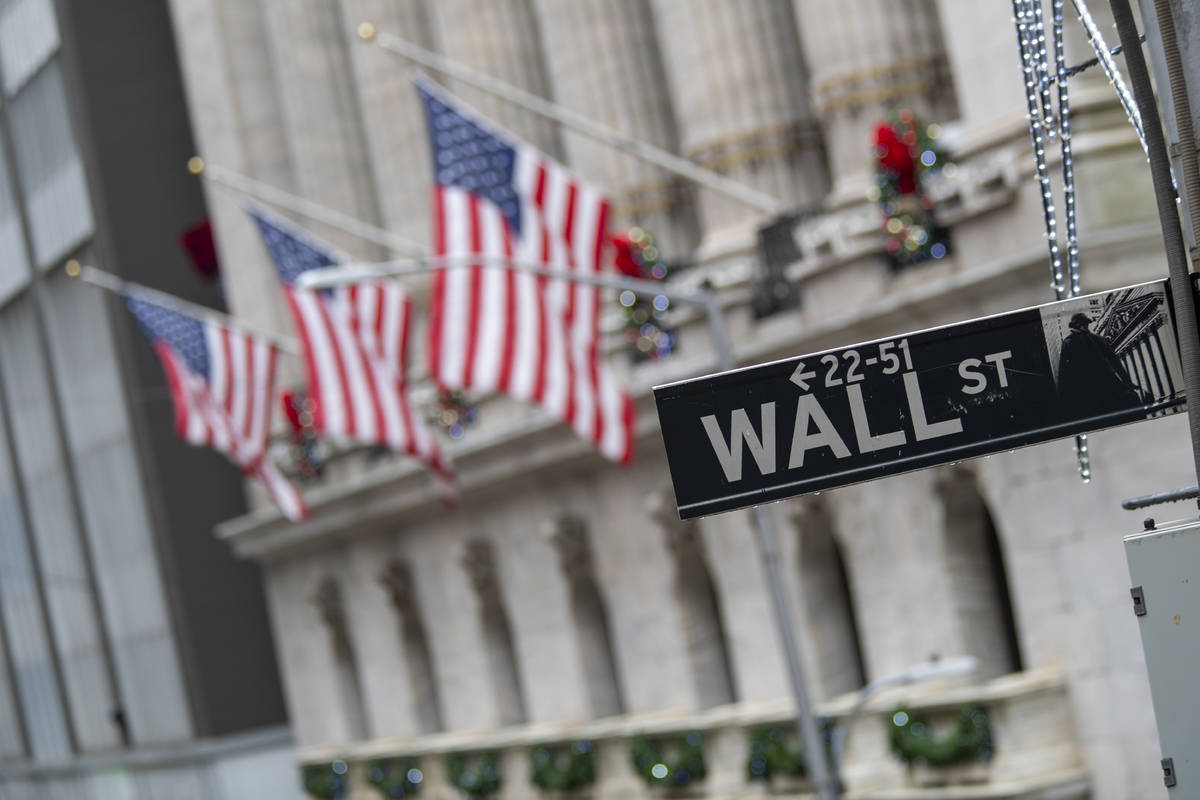Stocks open 3% lower on Wall Street following a big 3-day rally
BREAKING:
NEW YORK — Stocks are opening lower on Wall Street as the market gives back some of the gains it piled up over the past three days.
Major indexes were down about 3% in early trading Friday.
The S&P 500 had shot up 17% over the previous three days as traders became hopeful that Congress would pass a $2 trillion coronavirus relief package.
The bill has made it through the Senate and is expected to pass the House soon. Even after the rally this week the market is down 25% from the peak it reached a month ago. European markets also fell.
AP’s earlier story is below:
Stock markets turned lower on Friday after a mixed day in Asia as investors weighed the prospect of a long period of contagions of the new coronavirus against the economic stimulus efforts by world governments.
U.S. futures also were lower after major Wall Street indexes jumped more than 6% overnight, bringing the S&P 500 up 17% since Monday as a massive coronavirus relief package for the staggering U.S. economy headed for congressional approval on Friday.
Investors had appeared to shrug off miserable news on unemployment following a report that nearly 3.3 million Americans applied for unemployment benefits last week, shattering the prior record set in 1982, as layoffs and business shutdowns sweep across the country.
Germany’s DAX fell 3.2% to 9,687 while the CAC 40 in Paris gave up 4% to 4,363. Britain’s FTSE 100 sank 4.6% to 5,551 81.51 after Prime Minister Boris Johnson was diagnosed positive for the virus. The future contract for the S&P 500 was down 2.7% and the future for the Dow industrials lost 2.6%.
“Rallies don’t last forever and clearly investors are happy to call time on this one as we head into another uncertain weekend,” Craig Erlam of Oanda said in a report.
“We may have had a good run this week but the weekend can feel like a long time at moments like this and the numbers we’re getting from the U.S., which now has more cases than China or Italy, are getting uglier by the day,” he said.
Thursday’s bad news on unemployment was expected and followed earlier gains after Congress and the Federal Reserve promised an astonishing amount of aid for the economy and markets, hoping to support them as the outbreak causes more businesses to shut down by the day.
The $2.2 trillion coronavirus relief plan due to be voted on by the House of Representatives on Friday includes direct payments to U.S. households and aid to hard-hit industries.
The prospect of a big financial shot in the arm for businesses and households helped offset some of the concerns about the steep job losses the economy is beginning to see due to the coronavirus. But barring unexpected good news, it’s a matter of time before this stimulus-fueled rally fades, analysts said.
Rescue equals 10% of economy
With the U.S. stimulus bill about a tenth the size of the U.S. economy, “it remains difficult to imagine what this could do in the longer term in terms of restoring confidence once again without a material improvement of the coronavirus landscape,” Jingyi Pan of IG said in a commentary.
Still, Asian markets mostly rose as governments tightened controls on businesses and travel, seeking to contain the pandemic.
Japan’s Nikkei 225 index surged 3.9% to 19,389.43, while South Korea’s Kospi jumped 1.9% to 1,717.73. The Hang Seng in Hong Kong advanced 0.6% to 23,484.28, while the Shanghai Composite index edged 0.3% higher to 2,772.20. Shares fell in Taiwan but rose in Southeast Asia.
India’s Sensex rebounded, gaining 0.7% to 30,148.36 after the central bank slashed its key lending rate to a decade-low 4.4% from 5.15% to help the economy weather a lockdown aimed at beating the outbreak in the world’s second most populous country. Sydney’s S&P/ASX 200 slipped to 4,842.40.
So far, though, there’s no been reassurance on the spread of the pandemic.
85K known cases in US
The United States has reported more than 85,000 known cases, and the worldwide number of infections has topped a half-million, according to Johns Hopkins University. The death toll has climbed to more than 24,000, while more than 120,000 have recovered.
For most people, the new coronavirus causes mild or moderate symptoms, such as fever and cough that clear up in two to three weeks. For some, especially older adults and people with existing health problems, it can cause more severe illness, including pneumonia and death.
Despite strong rallies this week, analysts say further big drops are to be expected until there have been enough sustained gains in the market, and progress in fighting the pandemic, to ease investors’ fear of further declines.
Oil steady
In other trading, benchmark U.S. oil was steady, dropping 12 cents to $22.48 per barrel in electronic trading on the New York Mercantile Exchange. It slid 7.7% on Thursday to settle at $22.60 a barrel. Goldman Sachs has forecast that it will fall well below $20 a barrel in the next two months because storage will be filled to the brim and wells will have to be shut in.
Brent crude, the international standard, lost 37 cents to $28.28 per barrel.
The dollar fell to 108.82 Japanese yen from 109.62 yen late Thursday. The euro weakened to $1.1006 from $1.1024.
The yield on the 10-year Treasury fell to 0.76% from 0.83% late Thursday. It had been as low as 0.77% just before the jobless report was released. Lower yields reflect dimmer expectations for economic growth and greater demand for low-risk assets.

















